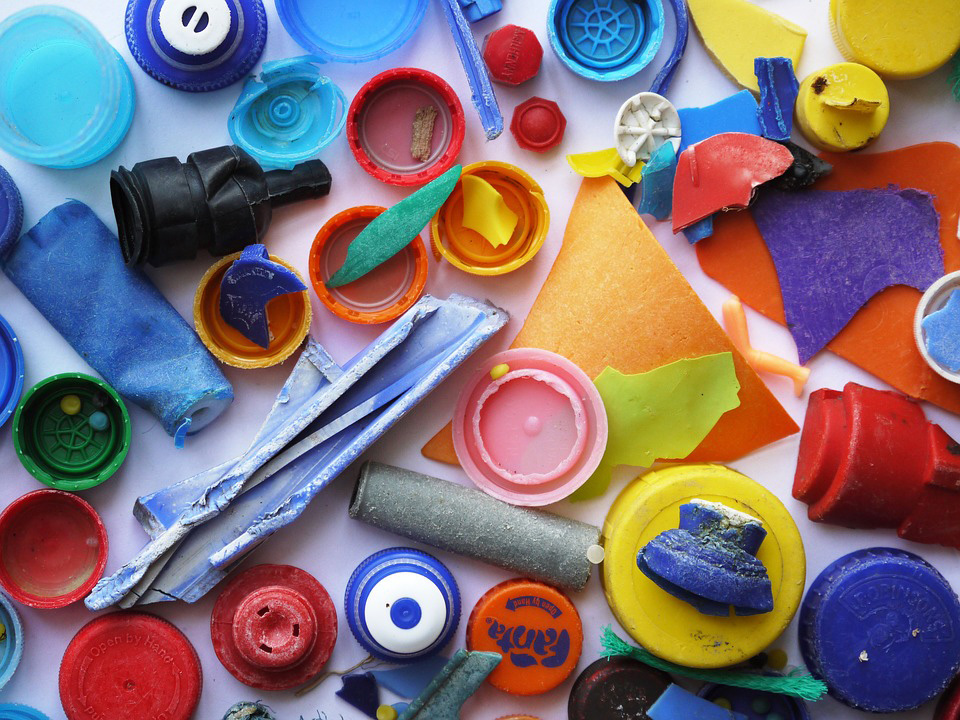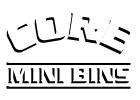What Do the Recycling Numbers 1-7 on Plastics Mean for your Renewables

Plastics are recyclable, did you know? It’s not really spoken about often in mainstream media or on social media as so much of the conversation is dominated about problems with plastic recycling but yes, plastics can be recycled. That said, there are different types of plastics and recyclability varies. It all comes down to the number. Here’s what we mean.
Plastic products are stamped with a number between one and seven, in the center of a symbol. This is the ‘resin identification code’ which recycling plants use to sort plastics. Some recycling plants only accept certain kinds of plastics while others need the plastics separated. These numbers are very important. From a consumer perspective, it also will tell you whether a plastic product will be recycled or not.
1 – polyethylene terephthalate
Plastics with a ‘1’ are PET plastics. This is the most recycled plastic there is and the one most frequently handled by consumers. Polyethylene terephthalate is commonly used in things like peanut butter jars, beverage and water bottles, microwave food trays, and salad dressing bottles.
2 – high density polyethylene
Plastics with a ‘2’ or known as HDPE plastics. They are used in things like milk containers, laundry detergent bottles, motor oil bottles, and some shopping bags. HDPE plastics are generally preferred in manufacturing over PET, for some products, as it’s tougher.
3 – polyvinyl chloride
Plastics with a ‘3’ are PVC which are not used so much in general consumer products. PVC is found in pipes, most popularly. That said, ‘3’ plastics also appear in some shampoo bottles, cooking oil bottles, medical tubing, wire jacketing, and surface cleaner bottles.
4 – low density polyethylene
Plastics with a ‘4’ are LDPE, closely related to HDPE. LDPE is very problematic in recycling as it’s plastic which oftentimes gets caught in sorting machines. LDPE is used frequently in condiment bottles, toys, grocery bags, frozen food bags, and produce bags.
5 – polypropylene
Plastics with a ‘5’ are PP. This recyclable plastic has a high melting point which is why it’s the choice for any container for a hot liquid. Think syrups, ketchups, and even medicine bottles. PP’s relied on for each of these. It’s also found in bottle caps and straws, as well as other single-used products.
6 – polystyrene
Plastics with a ‘6’ are PS which is one of the most versatile plastics there is. PS can be easily manipulated into diverse products such as a soft foam or hardened into something like a Blu-ray case. PS is used most commonly in some takeout containers, disposable plates and cutlery, and plastic egg cartons.
7 – miscellaneous
Anything that doesn’t fit into the prior 6 categories needs to be put somewhere. Enter in plastics with a ‘7’. Things like oven-baking bags, multi-gallon jugs of office water, and other products employ plastics from this category. It is rare to see a ‘7’ in general consumer goods.
Every municipality is different in recycling. Toronto does recycling different from Vancouver, for example. Some of these plastics are recyclables while others are not. Oftentimes, it also depends on the product itself. Almost all of Canada’s recycling programs accept at least plastics 1 and 2 although the rest of them are subject to different policies according to the municipality.


